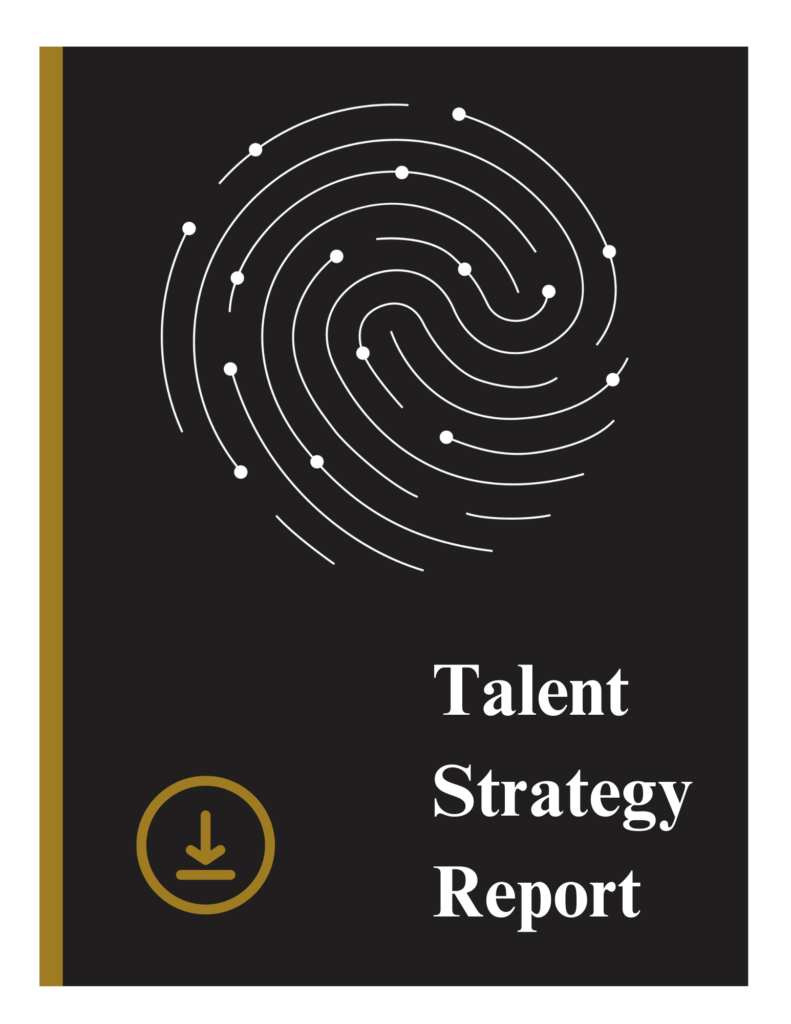How to Foster Psychological Safety at Work
by Amanda Sloan
In recent months and years, more and more of our attention and focus has been placed on the idea of creating and maintaining safety. We may disagree on the specific measures implemented for the establishment of safety (whether it be gun control, health mandates, or even traffic laws), but we can all agree there is value in safeguarding our bodies. On the other hand, how often do we consider our psychological safety? This topic may not resonate with you personally, and perhaps that is a signal that you are psychologically safe in your work environment, but ensuring that benefit also applies to everyone on your team is critical for your organization.
What is psychological safety?
Psychological safety is a shared belief that the team is safe for interpersonal risk-taking. Team members have the ability to show one’s whole self without fear of negative consequences. Psychologically safe teams promote acceptance and respect. This does not mean that everyone is nice all the time. It simply means that you embrace conflict and speak your mind, knowing that your team has your back and you have theirs.
Effects On Our Work
When we don’t feel psychologically safe, we often become defensive. This not only reduces the effectiveness of performance reviews but also the amount of feedback given by peers and leaders. We procrastinate and have a difficult time focusing. This results in less productivity and a lower quality of work. We also become timid and risk-averse (reluctant to change, less willing to learn, and avoid sharing ideas and asking questions). We might even demonstrate passive-aggressive behavior that sends mixed messages, confuses and frustrates people, and damages relationships.
“You don’t procrastinate to avoid work. You do it to avoid negative emotions. The task you are avoiding isn’t always the one you hate. Sometimes it’s the one you fear.” – Adam M. Grant
Warning Signs
If your team conceals mistakes and weaknesses, chances are members worry about negative consequences. When people hesitate to ask for help or feedback, it could be because they fear rejection or judgment. Teams that feel psychologically unsafe often avoid social interactions, do not speak up during meetings and ignore important but controversial topics. Frequent surprises also occur because people are not sharing information. Behaviors that work against psychological safety include bullying, demeaning, and shaming. Unpredictable leadership behaviors, micromanagement, favoritism, uncertainty around goals or expectations, and lack of transparency (not sharing the “why” in decisions) can also have detrimental effects on your team.
“A lack of transparency results in a distrust and a deep sense of insecurity.” – The Dalai Lama
How to Create Psychological Safety
So, what steps can you take to ensure your team is psychologically safe? Be thoughtful about interactions with team members. Be present, engaged, and cautious with facial expressions and body language. Listen to others’ ideas. Ask questions and don’t reject anything right away. Regularly check in with your team to see how they are progressing and show that you care. Ask for input and feedback; encourage questions. Avoid canceling meetings when possible. Make mistakes and bad ideas acceptable; tell stories of when you did something wrong. Recognize good efforts and show your appreciation in authentic ways. Model healthy behaviors, treat everyone the same (no favoritism!), and avoid micromanaging. Leaders also need to be transparent. Not every decision requires an explanation, of course, but sharing the “why” around change can build trust and encourage buy-in.
In psychologically safe environments, problems are brought to light, employees ask for help, collaboration and social interaction occur, and performance discussions become more productive. Employees are engaged and loyalty is established. They are also confident in their abilities and more likely to offer support to those around them. In simple terms, psychologically safe environments are essential for talent development and employee retention in any organization.

















